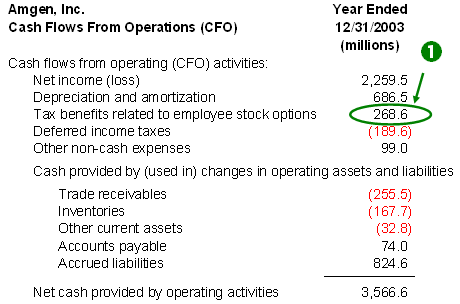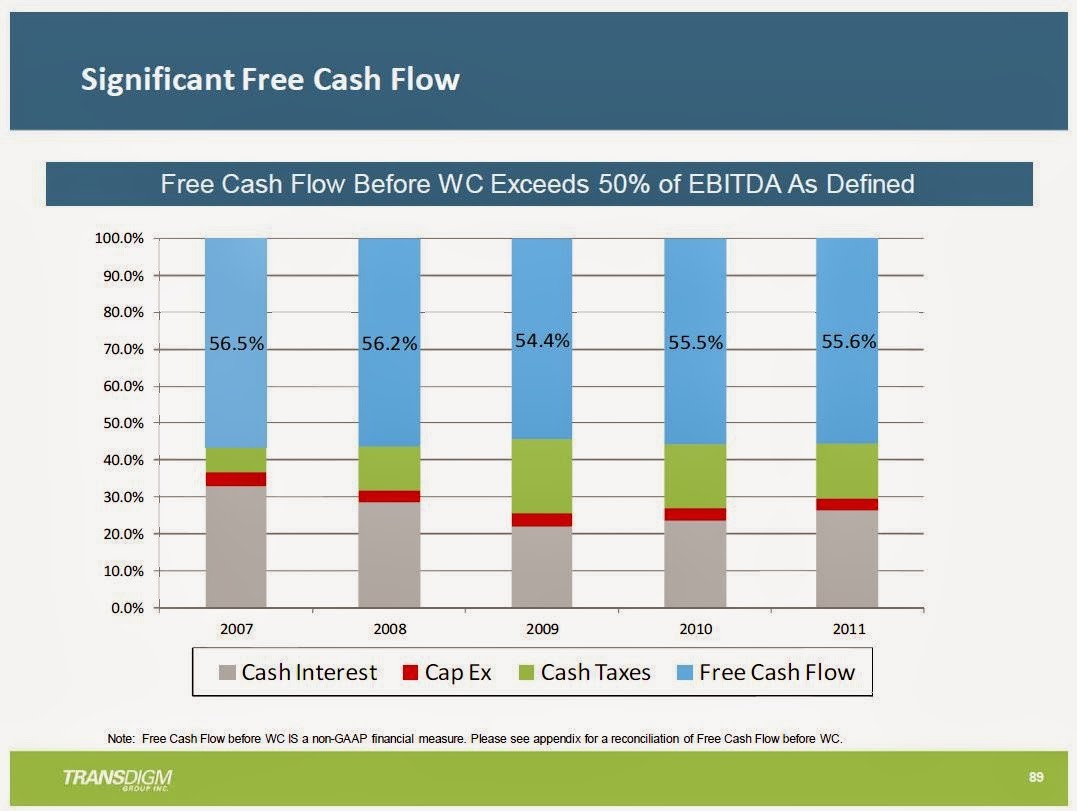Free Cash Flow Free But Not Always Easy
Post on: 17 Май, 2015 No Comment

The best things in life are free, and the same holds true for cash flow. Smart investors love companies that produce plenty of free cash flow (FCF). It signals a company’s ability to pay debt, pay dividends. buy back stock and facilitate the growth of business — all important undertakings from an investor’s perspective. However, while free cash flow is a great gauge of corporate health, it does have its limits and is not immune to accounting trickery. (For background reading, see Analyzing Cash Flow The Easy Way .)
What Is Free Cash Flow?
It might seem odd to add back depreciation/amortization since it accounts for capital spending. The reasoning behind the adjustment, however, is that free cash flow is meant to measure money being spent right now, not transactions that happened in the past. This makes FCF a useful instrument for identifying growing companies with high up-front costs, which may eat into earnings now but have the potential to pay off later.
Growing free cash flows are frequently a prelude to increased earnings. Companies that experience surging FCF — due to revenue growth, efficiency improvements, cost reductions, share buy backs, dividend distributions or debt elimination — can reward investors tomorrow. That is why many in the investment community cherish FCF as a measure of value. When a firm’s share price is low and free cash flow is on the rise, the odds are good that earnings and share value will soon be on the up.
By contrast, shrinking FCF signals trouble ahead. In the absence of decent free cash flow, companies are unable to sustain earnings growth. An insufficient FCF for earnings growth can force a company to boost its debt levels. Even worse, a company without enough FCF may not have the liquidity to stay in business.
Is Free Cash Flow Foolproof?
Although it provides a wealth of valuable information that investors really appreciate, FCF is not infallible. Crafty companies still have leeway when it comes to accounting sleight of hand.

Without a regulatory standard for determining FCF, investors often disagree on exactly which items should and should not be treated as capital expenditures. Investors must therefore keep an eye on companies with high levels of FCF to see if these companies are under-reporting capital expenditure and R&D. Companies can also temporarily boost FCF by stretching out their payments, tightening payment collection policies and depleting inventories. These activities diminish current liabilities and changes to working capital. But the impacts are likely to be temporary.
What happens when a company decides to record the revenue, even though the cash will not be received within a year? The receivable for a delayed cash settlement is therefore non-current and can get buried in another category like other investments. Revenue then is still recorded and cash from operations increases, but no current account receivable is recorded to offset revenues. Thus, cash from operations and free cash flow enjoy a big but unjustified boost. Tricks like this one can be hard to catch. (For more insight, see 5 Tricks Companies Use During Earnings Season .)
Conclusion
Alas, finding an all-purpose tool for testing company fundamentals still proves elusive. Like all performance metrics, FCF has its limits. On the other hand, provided that investors keep their guard up, free cash flow is a very good place to start hunting.














